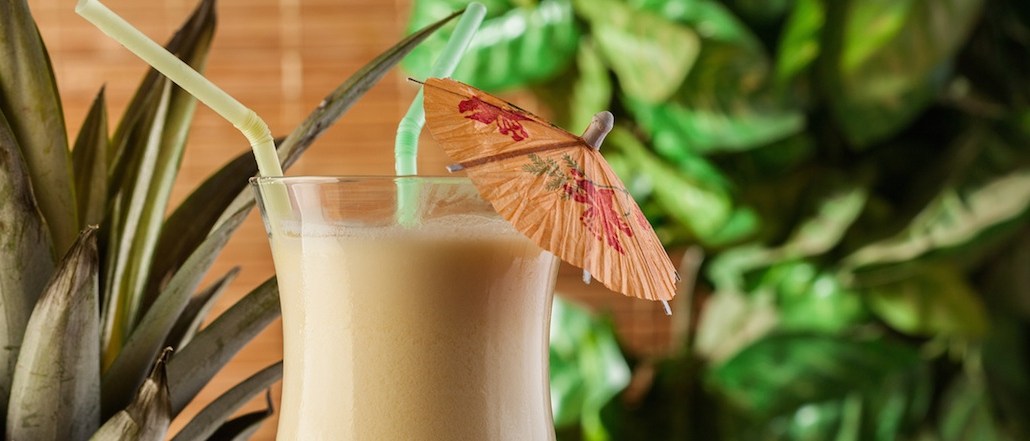Why Malibu rum is spending 75 percent of its marketing budget on digital

Pernod Ricard’s Malibu rum brand is betting on digital to spur a sales comeback.
It plans to devote three quarters of its marketing budget to digital activities in 2016, up from 60 percent last year, according to Andre Marciano, director of media and integrated communication at Pernod Ricard USA.
“We felt like we needed to look ahead in the digital landscape and recognize the ability of the platforms as they were evolving to connect with consumers in a fairly targeted way,” he said. “With consumers always on their mobile phones, it is the ultimate point to remind them to choose our products in fun ways.”
The brand’s digital strategy is also moving away from its perennial association with the summer, by pushing out campaigns regularly in order to generate sales throughout the year. As it does this, it seeks to increasingly appeal to a younger, over-21 millennial audience of both men and women without losing that “chill, fun summer vibe.” Its “Malibros” campaign this spring on Facebook, Instagram and Twitter was timed to coincide with Spring Break, and showed two men bonding over fruity Malibu cocktails.
“Our goal is to have the Malibu consumer channeling their carefree, summer selves every day of the year,” said Marisa Zupan, strategy director at 360i, which worked on the campaign. “Over the past year, we’ve committed to providing our consumers an interactive way to engage with the brand. Part of this is exploring new messaging opportunities, such as ‘Malibros’ to resonate with males, while the other part is finding the right platform that lets the user dictate the level of effort and involvement.”
The digital focus seems to be working. According to an industry analyst report from Bernstein Research last year, Pernod Ricard’s frenetic promotional activity, particularly on Chivas and Malibu has helped grow sales, with Malibu’s volume of sales increasing by 4.3 percent until September 2015. That came after sluggish and declining sales in previous years.
The brand has also recently been bullish on platforms with large millennial audiences, such as Snapchat. Malibu ran its first sponsored Snapchat lens for adult users on Memorial Day, running its second one featuring a custom Malibu Snapchat lens with a bursting pineapple head just this past weekend for National Piña Colada Day.
“Brands now have to constantly recruit new consumers because [young consumers] are not brand loyal anymore, especially in terms of alcohol,” said Emily Pennington, editor of trade publication Wine & Spirits Daily.
Malibu is no stranger to the growing popularity of craft cocktails either. While tiki and punch cocktails have been around since the 1930s, they have recently made a comeback. Cocktails therefore not only feature heavily on the brand’s social channels like Instagram but also prompted its latest campaign, “Search for Summer.” The search-driven campaign launched on the July 4th weekend taps into Malibu’s most common search term combinations, feeding consumers quirky, customized video content and cocktail recipes when they search for terms like “Malibu” and “Fourth of July.”
“Our intent is to drive consumers deeper and get them to conversion,” said Marciano.
More in Marketing

After watching X’s ownership issues play out, marketers brace for TikTok whiplash in 2026
TikTok’s ownership drama has echoes of X (formerly Twitter), but ad performance has kept marketers for fleeing—for now.

‘There’s no room for purists’: Generative AI is altering the agency junior talent search
AI is altering agency business models. It’s altering the skills they’re hiring for and where they’re hiring them from, too.

For platforms, here’s what’s not going to happen in 2026
Rather than the traditional platform predictions, this is a list of what Digiday believes won’t happen next year.





